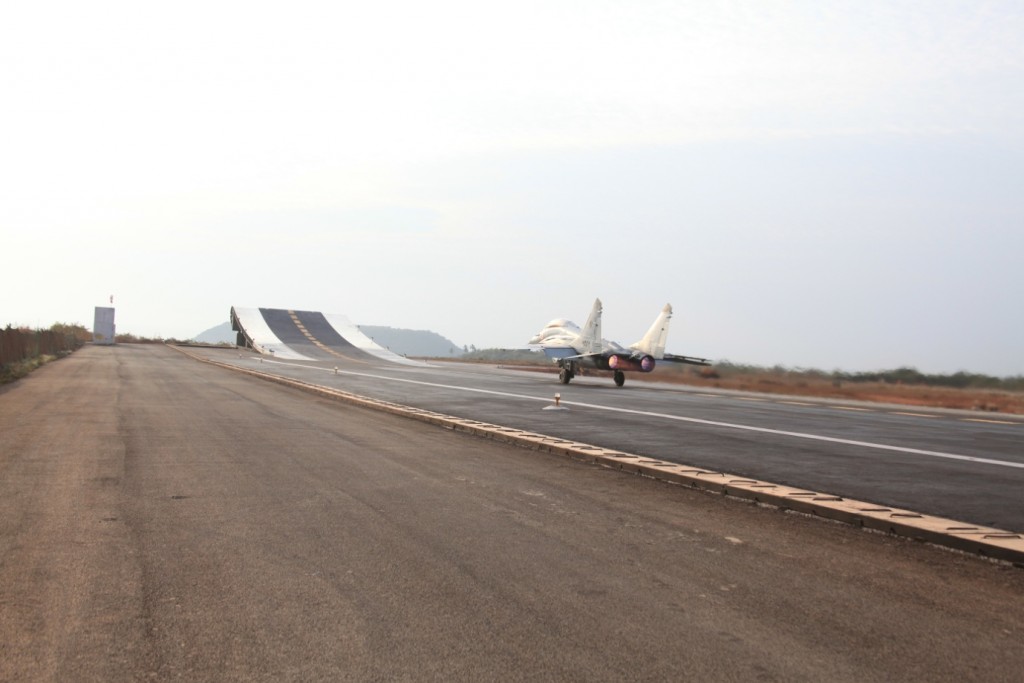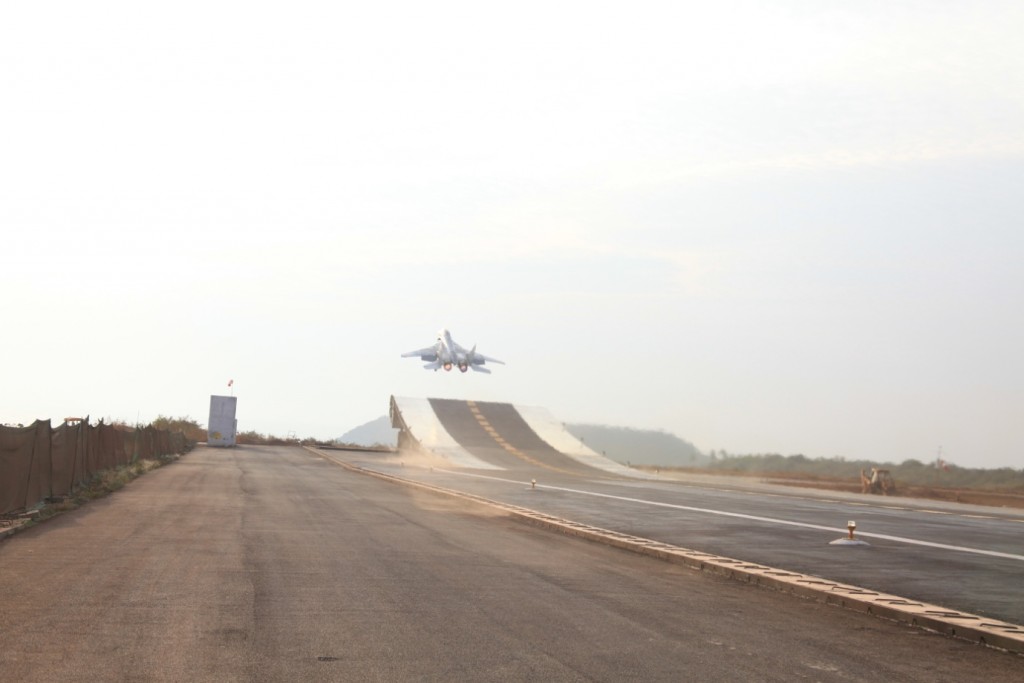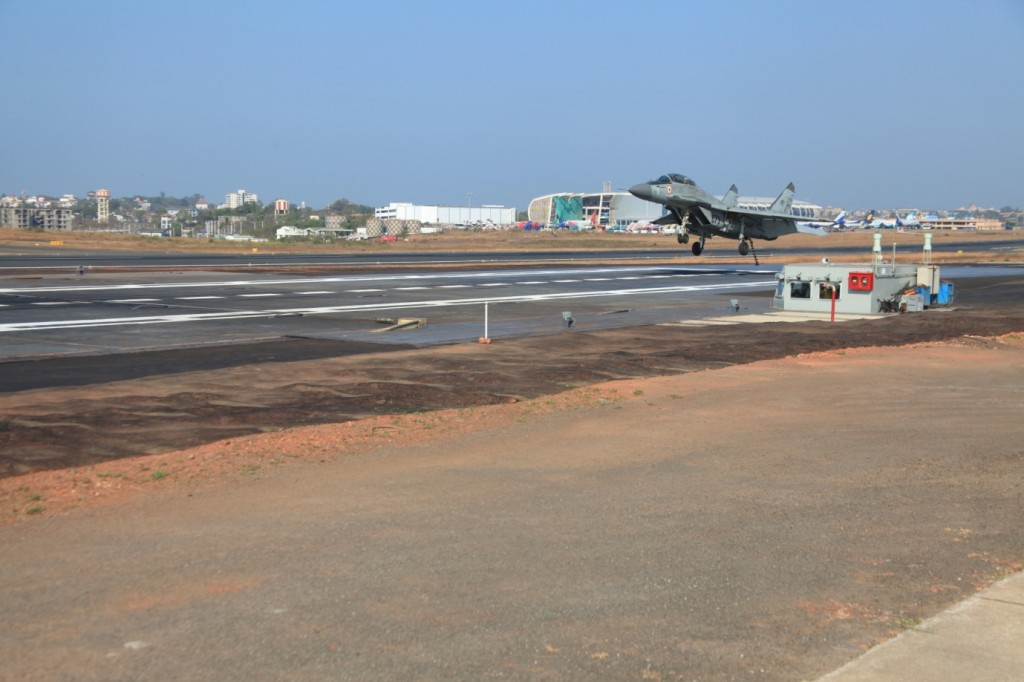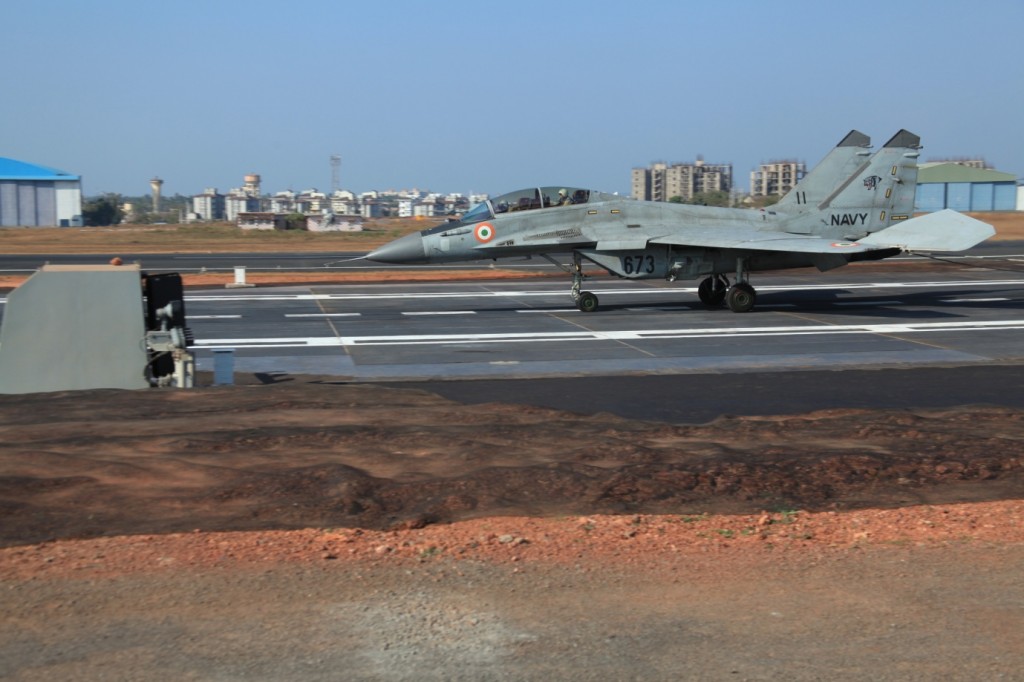I thought I would give a little more pictorial coverage to the commissioning of the INS Kolkata, D63, last month here on the Indian Military news thread. It is something we have talked about, watched for, and waited for, for over 8 years here on this forum.
I have a full write up on the vessels, including their follow on Project 15B class at my :
Here are a number of good picures of the commissioning, including Prime Minister Modi's attendance:










I have a full write up on the vessels, including their follow on Project 15B class at my :
AEGIS and AEGIS-Like Vessels of the World said:The INS Kolkata, D63, was finally officially commissioned on August 16, 2014, over eight years after her launch. Though technical problems with her main anti-air weaponry, the jointly Israeli-India developed Barak-8 missile appear to have been solved, production of the missiles has languished. Additional delays have been resulted from the July-September 2014 conflict between Hamas and Israel. Once shipped to Israel, the missiles will have to be installed, tested and trialed on the Kolkata. As a result, it is not expected that Kolkata will have a full compliment of 48 Barak-8 LR AAW armament now until sometime later in 2015.
Ultimately, the Barak-8 missiles will be produced in India for the numerous Indian vessels that intend to use them, which now includes all three Project 15A Kolkata destroyers, the follow-on class of four Project 15B destroyers, the new Project 17A FFGs (seven of which are planned to be built), the building indigenous INS Vikrant aircraft carrier, and the follow-on, 2nd indgenous Indian carrier.
Another concern for the INS Kolkata, in addition to not having her primary anti-air armament, is that she will go to sea without a Towed Array Sonar (TAS). The indigenous system did not meet Indian requirements and the Indian Navy is now ferverishly looking to purchase a system to integrate into the vessel from elsewhere. This means the vessel will have to rely on her helicopters and bow array for anti-submarine detection and targeting. Towed Array Sonars allow surface combatants to locate submarines at much longer range in varying sea conditions and depths.
Both of these issues, the long range anti-air armament, and the TAS are expected to be corrected and fully implemented into the following two vessels.
The second vessel, the INS Kochi, is now expected to go on her sea trails in late 2014 for commissioning in ealry 2015. The third, INS Chanaai, is to follow with commissioning planned in early 2016.
Having said all of this, the Kolkata Class's anti-surface armament is very strong. She has 16 VLS cells for the Indian Brahmos, long-range, super-sonic anti-surface/shipping missiles. In addition, with her two ASW helicopters, her two RBU-6000 ASW rocket systems, her ASW torpedos the armament they carry for anti-submarine warfare is also strong.
In addition, the Kolkata's state of the art sensors and Battle Management Systems, will significantly improve India's area air coverage at sea as well as the strength of multi-mission capabilities. Each vessel has cost India close to 1 billion U.S. dollars. The design was developed by the Indian Navy's Directorate of Naval Design, with detailed design developed by Mazagon Dock Limited (MDL). They are the largest naval vessels ever constructed at the Indian naval yards at Mazagon.
The 15A Kolkatas and the follow-on 15B class are intended to be the primary escorts for the new Indian Carriers, the INS Vikramaditya, and the INS Vikrant.
Here are a number of good picures of the commissioning, including Prime Minister Modi's attendance:




































